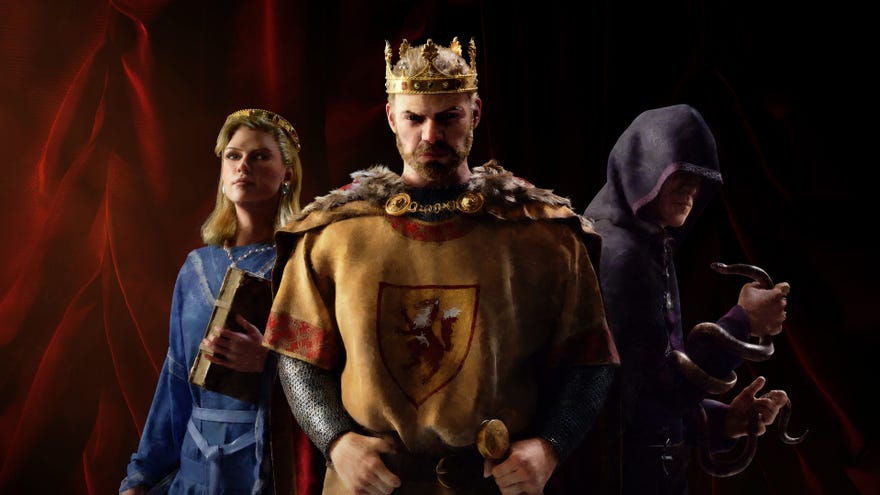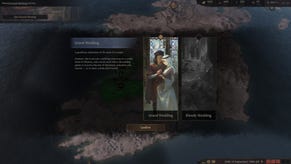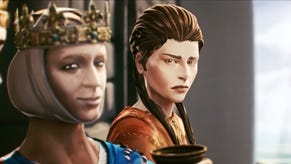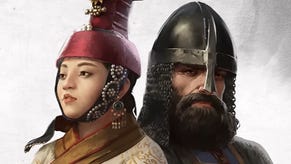Have You Played… Crusader Kings III?
We! Are! Munster!
While watching a Twitch stream of Crusader Kings III the other day, the chat was asked which starting nations and characters they've played as in the past. The vast majority of responses were: "Munster, Ireland" - the Petty Kingdom given to you by the game's tutorial for new players.
I'm fairly sure that says something about the unprecedented approachability of Crusader Kings III. An amazingly comprehensive set of tutorials, and a superbly clear and well-designed UI, both work alongside a host of other improvements to smooth out the mountainous learning curve of its predecessor. Never has it been easier for new players to jump into one of Paradox's legendary Grand Strategy titles.
That's not to say the game is simpler or any less brimming with content than Crusader Kings II. I mean, just take a look at that gorgeous map above. Every one of those territories is home to various duchies, counties, and baronies, along with dozens of individuals, each with different goals and traits that push them towards interesting and often explosive interactions with those around them. That's what Crusader Kings is all about. If you go in expecting a clear end-goal to work towards, you're likely to walk away after a half-hour wondering what all the fuss was about. This is one of the industry's premier storytelling engines, and the player is just one of several thousand cogs in that engine.
Even after playing through the game's lengthy tutorial and learning all about religions and councils and declaring war and forging alliances and murdering your spouses, you certainly aren't equipped with everything you need to just bulldoze through the game and "win", whatever that means. The goal of the tutorial is to teach you just enough that you won't get overwhelmed the moment you unpause. Instead, the moment you unpause, the stories begin flowing in. It's like looking at the perpetually disturbed surface of a pond and occasionally reaching in with a finger to trace new perturbations through the surface, just to see how the ripples affect the pond as a whole.









